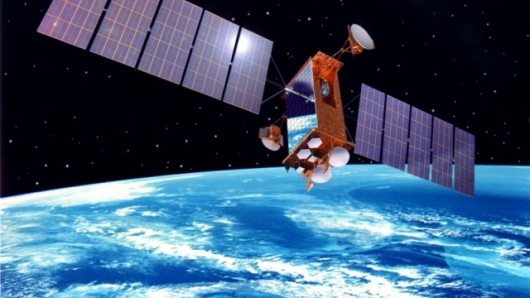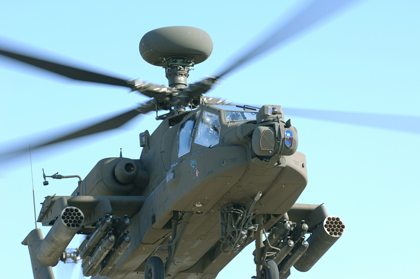Lockheed Martin has announced that the Multi-Mission Satellite Operations Center Ground System Architecture recently extended its mission capability to Schriever Air Force Base, Colo., with the successful launch of a new Air Force Operationally Responsive Space mission satellite, ORS-1.
The ORS mission will be deployed by the 1st Space Operations Squadron, a component of the 50th Space Wing at Schriever.
The architecture was developed by Lockheed Martin and the Air Force’s Space and Missile Systems Center Space Development and Test Directorate to allow the Air Force to operate different types of satellites with the same ground system.
“We need to drive cost down and operational agility up. In an era where we’re flying a lot of unique missions, the ability to fly a lot of satellites with the same ground architecture is critical,” said U.S. Air Force Col. Michael Moran, commander of the Air Force Space Development and Test Wing, in a recent interview with Space News.
“By building a single ground architecture, we can very rapidly transition research and development capabilities to the operational world.”
In support of the ORS-1 mission, Lockheed Martin extended the MMSOC architecture to interface with the ORS-1 tasking system. This direct tasking will decrease the turnaround time of the ORS-1 products to military commanders.
“Lockheed Martin is proud to be a part of this exciting transition to more affordable and responsive space operations,” said Bob Kramer, Lockheed Martin Information Systems and Global Services-Defense’s vice president for Operational Systems and Solutions.
“This new MMSOC interface allows military commanders to task the spacecraft payload through the MMSOC ground system.”
This is the second satellite being supported by MMSOC, which has been flying a Space Test Program Satellite, STPSat-2, at Kirtland Air Force Base, N.M., since its launch in November.
Using Lockheed Martin’s HORIZON satellite command and control framework, MMSOC ground system architecture consolidates satellite operations by providing an over-arching ground segment architecture for one-of-a-kind technology demonstrations and responsive space operations.
The Space Development and Test Directorate develops, tests and evaluates Air Force space systems, executes advanced space development and demonstration projects, and rapidly transitions capabilities to the war fighter. Located at Kirtland AFB, the Directorate is responsible for providing mission support to the operationally responsive space community.











